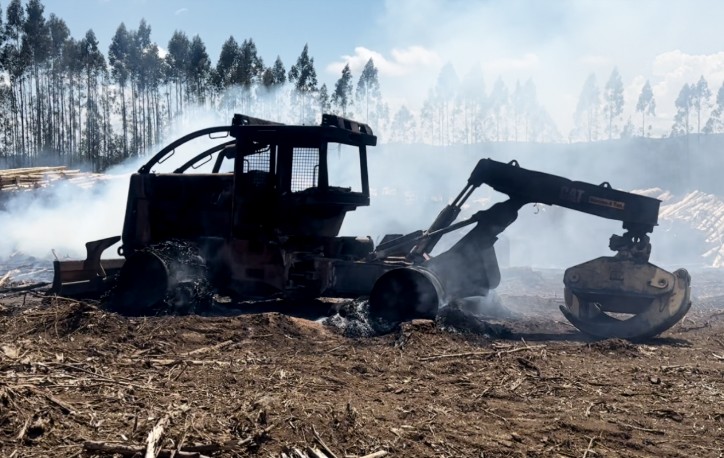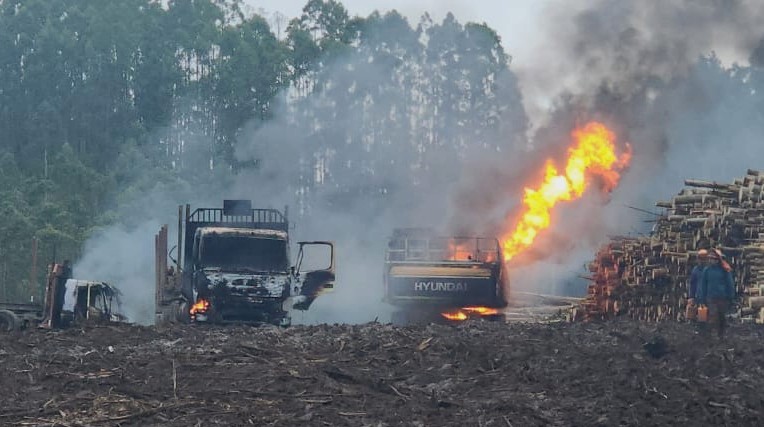"To Massify Wood Construction, Regulatory Changes Are Needed"
In Chile, thousands of families lack access to decent housing, and specifically in the Biobío Region, the situation is even more concerning, with 32,000 living as squatters, in overcrowded conditions, or in irreparably damaged properties. This makes housing construction a necessity, but the idea is to diversify, and building with wood could be an option, especially in a country rich in forest products.
For years, there has been talk about wood construction. Various public and private institutions have proposed ways to massify this type of project, and one such initiative is underway in Biobío. It is the Regional Strategic Program for the Industrialization of Wood Housing by Corfo, led by architect Frane Zilic, who manages this initiative. Additionally, he is the founder of the interdisciplinary program Polomadera and was the director of the Master's in Industrialized Wood Construction at the University of Concepción.
He stated that in some aspects, yes, but in others, we are still lagging behind to definitively begin building homes with this material or to start moving toward that goal. "We have some industries that can serve as examples for industrialization, proving that a new construction model is possible. There are companies doing it, succeeding, and that is extremely important. To some extent, we also have a good supply of wood, professionals who have specialized in the field, and people who have moved to the area with expertise. But to massify it, we likely need some regulatory changes, and it is urgent to shift certain perceptions and capabilities in design, calculation, execution, and other aspects that will take time. Just because we have a few companies doesn’t mean we already have an established industry," he explained.
However, to move forward, he said changes are needed in some regulations, laws, and codes. But he emphasized that modifications should focus on wood protection, controlling certain variables that cause this material to perform poorly under normal conditions. If we don’t control them, we have no choice but to treat the wood. But if we manage to limit the amount of water entering wood structures, they won’t rot. Additionally, if exposed to the outdoors or in contact with the ground, termites are more likely to attack. But with design safeguards, we could largely avoid the need for treatment.
One point he highlighted is that there is room for progress, as acceptance of the material is growing. We went through a time when wood was highly frowned upon. There were no proper conditions to work with it.
When asked whether steps have been taken for Biobío and the country to start considering permanent wood construction, Zilic indicated thatsome steps have been taken because we must start executing, even though, strictly speaking, the program is still in the design phase, with implementation beginning in August. Regardless, we have already started working on certain aspects.
One issue we’ve identified is that industrialized construction is a different business from traditional construction. They are similar in terms of permits, approvals, or real estate aspects, but they differ in the building process, as industrialized construction requires more intensive planning and a different type of investment. Traditional construction companies manage teams of people to carry out projects and supply materials. In contrast, prefabrication companies must make upfront investments, such as having a warehouse, internal machinery, and everything set up for a different workflow that creates better, safer workspaces with the right tools. But it’s a challenging business for traditional construction firms because they are used to working one way, and we are changing that. I believe their biggest challenge isn’t just machinery but human capital—finding people who can plan wood construction. You need a manual to assemble the pieces, and that requires building under a structured plan, breaking away from trial-and-error methods, with trained personnel.









